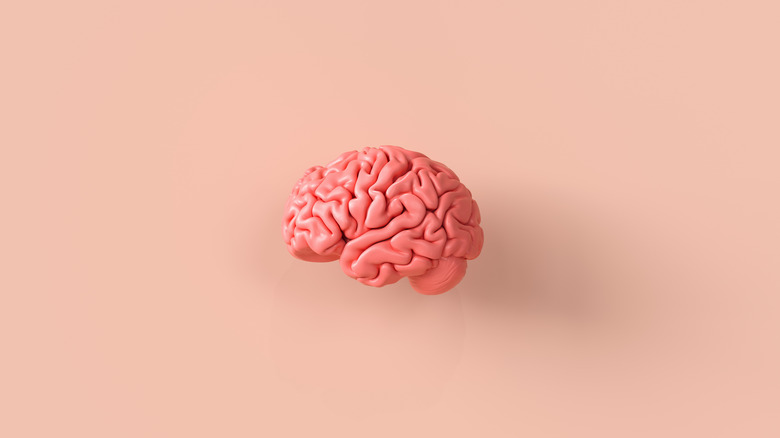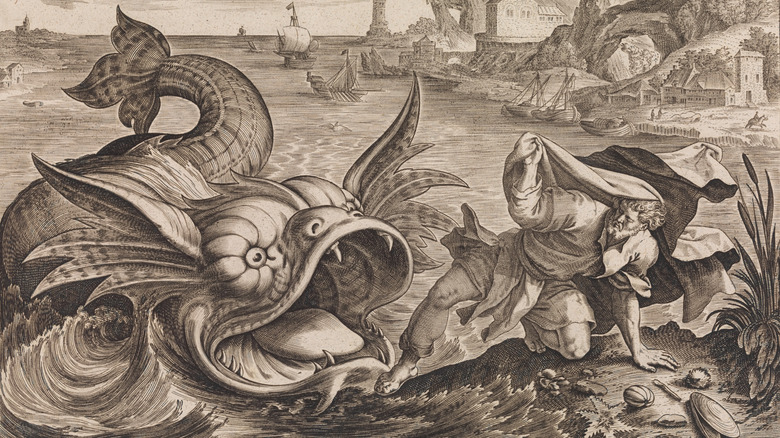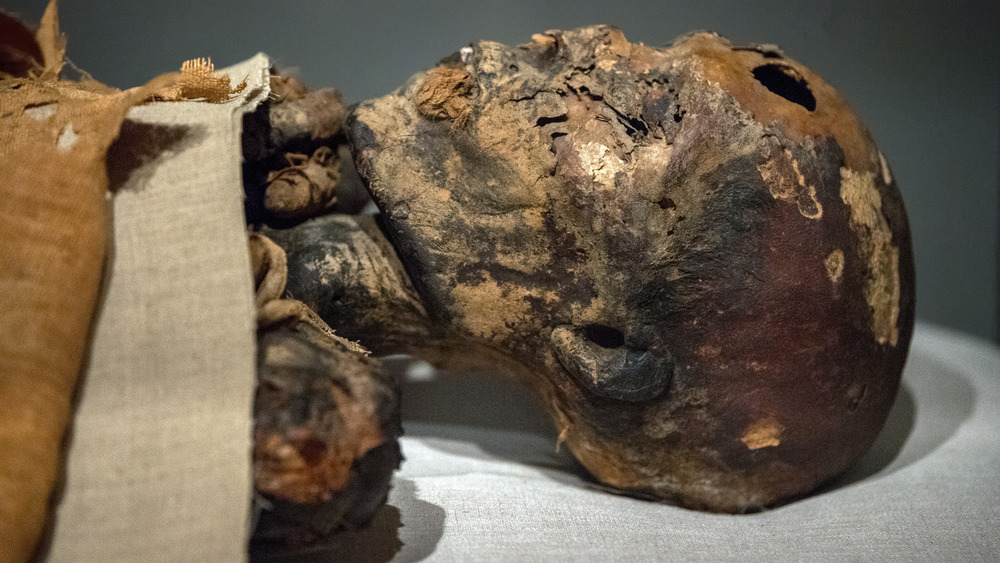
The Medicinal History Of Cannibalism
For most of human history, medicine has been a fairly brutal and gruesome practice. Long before the advent of anesthesia, humans were forced to suffer through amputations wide awake, and common diseases that have since been eradicated or rendered mostly harmless, like tuberculosis, used to lead to a certain, sometimes lingering, death.
In times of such medical uncertainty, tinctures, tonics, and general snake oil cures ruled the day. Without the benefit of modern medical trials or the rigorous process of scientific peer review, just about anybody could claim any concoction or cure-all could fix up any ailment. And one of the most enduring medical beliefs was the claim that consuming parts of the human body would cure any number of ills, from gout to epilepsy and everything in between.
Lapham’s Quarterly tells us that medical cannibalism dates all the way back to ancient Rome, when the blood of freshly murdered gladiators was widely regarded as a health tonic and a surefire cure for epilepsy. Throughout history, blood in general was thought to bestow particular strength and vitality on the living beings who drank it. Distilled blood had the power to cure “any disease of the body,” and “a small quantity” could “restoreth them that have lost all their strength,” claimed a 1559 text that is commonly attributed to St. Albertus Magnus.
Maladies, Mummies, and Medieval Doctors
Per the Smithsonian, the practice of corpse medicine peaked in Europe in the 16th and 17th centuries. Medieval doctors believed that human remains retained some of the power of the deceased, particularly if the person had died a violent death. The 16th century doctor Paracelsus wrote that the “vital spirits” of the hanged would “burst forth to the circumference of the bone,” via Lapham’s Quarterly. They believed that the living could benefit from the consumption of these spirits, which had the power to strengthen the body and cure any number of human maladies.
Physicians would prescribe the consumption of certain body parts to cure specific ailments. It was believed that a tincture of ground-up human skull could relieve the occasional headache — “It’s ‘like cures like,'” said researcher Louise Noble, quoted in Smithsonian; consume a bit of a head to heal a head. Mix a bit of skull with with alcohol to help cure epilepsy. Rubbing human fat on the outside of the body was believed to relieve aches and cure gout. European apothecaries mined ancient Egyptian tombs, removing the mummified bodies to extract their medicinal value, per the Science History Institute.
However gruesome as it may seem to us now, the belief in the validity of corpse medicine withstood centuries of medical advancements. It endured all the way into the 20th century, with the last known attempted medical cannibalism occurring in Germany in 1908, per the Smithsonian.

What Would Happen If Your Brain Was Split In Half

Apolemia: The Creepy Truth About The Alien-Like Lifeform In The Sea

The Monster That Terrorized New Zealand In The 1880s

The Strange And Tragic Death Of Elisa Lam

What You Didn't Know About The Bugatti Made From Only Legos

The Legend Of Bloody Mary Explained

Bumblebee Decline Points To 'Mass Extinction', Study Says

Do Doppelgangers Really Exist?

How Much Jeff Bezos Would Have To Spend Per Day To Go Broke In A Year

The Dark Side Of Selfies























